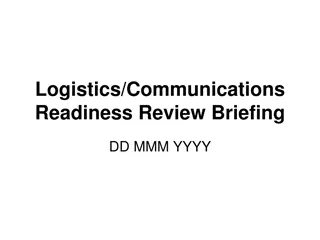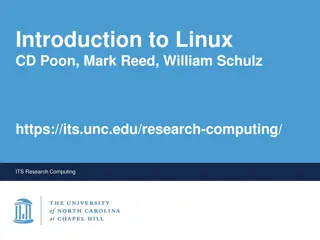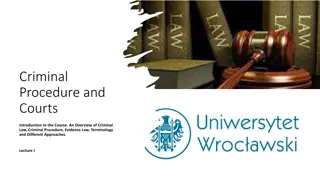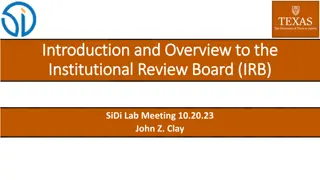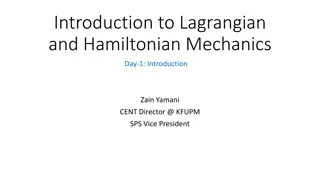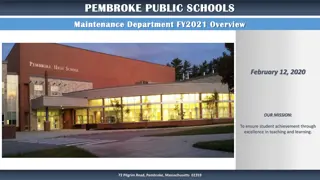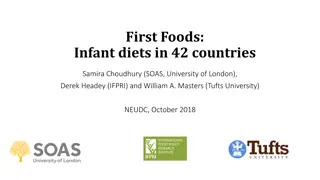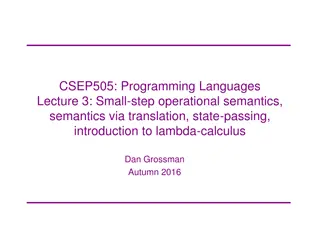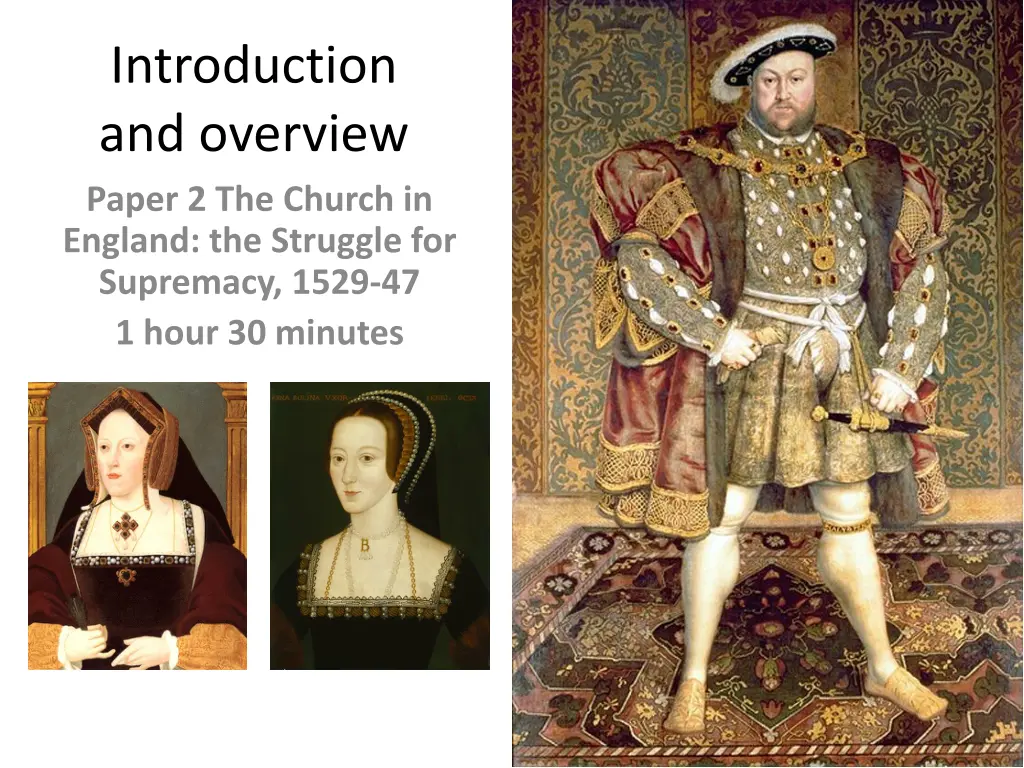
The Church in England's Struggle for Supremacy, 1529-1547
Explore the historical struggles of the Church in England for supremacy between 1529 and 1547, focusing on key topics such as the role of the state, the Dissolution of the Monasteries, and the impact of the Reformation on Church and State. Uncover the complexities of this period through the examination of primary and secondary sources, delving into intricate details of power struggles and societal impacts.
Download Presentation

Please find below an Image/Link to download the presentation.
The content on the website is provided AS IS for your information and personal use only. It may not be sold, licensed, or shared on other websites without obtaining consent from the author. If you encounter any issues during the download, it is possible that the publisher has removed the file from their server.
You are allowed to download the files provided on this website for personal or commercial use, subject to the condition that they are used lawfully. All files are the property of their respective owners.
The content on the website is provided AS IS for your information and personal use only. It may not be sold, licensed, or shared on other websites without obtaining consent from the author.
E N D
Presentation Transcript
Introduction and overview Paper 2 The Church in England: the Struggle for Supremacy, 1529-47 1 hour 30 minutes
Structure of paper Answer Question 1 and either Question 2 or 3 Question 1 is a (secondary) source based question in two parts worth 12 and 24 marks. Questions 2 and 3 are in two parts, worth 12 and 24 marks. So there are 72 raw marks available altogether, 36 for each question. You would spend 45 minutes on each question roughly 15 minutes on a 12 mark question and 30 minutes on 24 marker. We will look at technique for this paper in depth as we go through the course, with lots of opportunities for practice.
5 key topic areas The Church in England on the eve of the Reformation, 1529 The role of the state: the King s Great Matter and the break from Rome, 1529 1535 The Dissolution of the Monasteries, 1535 1541 The Impact of the Reformation on Church and State, 1535 1541 Henry s final years: consolidation and court intrigue, 1542 1547
Key topics The Church in England on the eve of the Reformation, 1529 Church fabric and wealth; religious doctrine and practice; ecclesiastical organisation; anticlerical criticisms of the state of the Church and monasteries; popular Catholicism Religious reformers including humanists, Lutherans and believers in Royal Supremacy Religious conservatives and the Aragonese faction
The role of the state: the Kings Great Matter and the break from Rome, 1529 1535 The King s need for a divorce from Catherine of Aragon Measures taken to prepare for the divorce, 1529 1532 The Acts of the Reformation, 1533 1534 Opposition to the Royal Supremacy
The Dissolution of the Monasteries, 1535 1541 The motives behind the dissolutions The enforcement of the dissolutions and the role of Thomas Cromwell Reactions against the dissolutions: the Lincolnshire Rising and the Pilgrimage of Grace The impact of the dissolutions on society, culture and the Church
The Impact of the Reformation on Church and State, 1535 1541 Parliamentary legislation and Government actions to reform the Church: the relationship between the King and Parliament The consequences of the Reformation for state finances The impact of the Reformation on English foreign policy Conservative reactions against the Reformation: the Six Articles, the role of the Conservative faction at court and the significance of the fall of Cromwell and of the Howard marriage
Henrys final years: consolidation and court intrigue, 1542 1547 The influence of Catherine Parr; faction and the position of Cranmer The King s Book and debates and arguments on the Eucharist, liturgy and Bible and their effect by 1547 The foreign policy of later years The influence of the Seymour faction, the demise of the Howards and signs of change by 1547 policy of later years
The role of the state: the Kings Great Matter and the break from Rome, 1529 1535 This is the key topic everything begins with this. It has enormous religious, economic and social consequences but it would be mistake to see it as primarily a religious event. It was politically motivated. It was about the succession not really about religion... but it became a religious matter later. If we are to understand Henry s motives we need to look at him against the background of the 15thcentury.
The Wars of the Roses Battle of Towton 1461 28,000 killed in one day (worse in fact that the first day of the Somme) It was in the interests of the nobility as well as the king, therefore, to secure the succession.
The royal sex life is not a personal matter Henry VI and Edward V were child kings Arthur died in 1502, and a couple of years after that Henry VII fell ill; Throughout his reign, Henry is suspicious of anyone with royal blood Duke of Buckingham executed in 1521; the de la Pole s (except Reginald) are wiped out in 1538.
Now, whats significant about this image of Henry (and so many others)?






